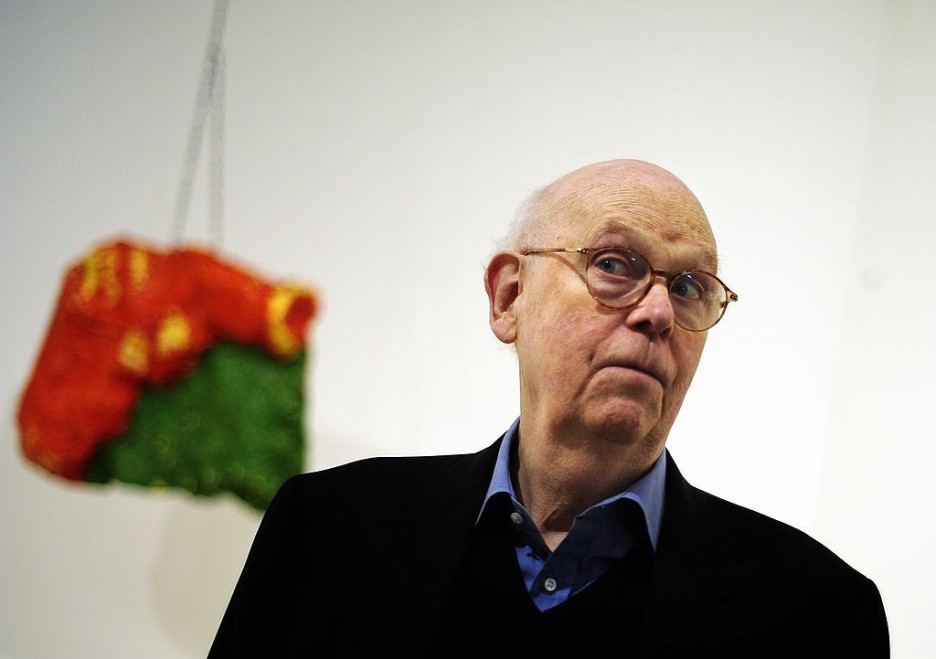Claes Oldenburg Cause of Death Tragic: Pop Artist's Health in Jeopardy Before Passing

Did Claes Oldenburg's health deteriorate in the months leading to his death?
The pop-art community is mourning after Oldenburg, an iconic pop artist, died. He was 93.
His daughter, Maartje Oldenburg, confirmed the tragic news and said her father passed away on Monday morning in Manhattan.
As shared by New York Post, it was confirmed that he passed away following weeks of poor health. She did not reveal further details about Claes Oldenburg's cause of death, but Maartje noted that her father started to face issues after falling and breaking his hip a month ago.
Representatives for Paula Cooper Gallery and Pace Gallery also delivered the news through Art News.
Museums, artists, and fans immediately paid tribute to him and remembered his works as a pop artist.
The Nelson-Atkins Museum of Art shared a photo of him alongside the caption, "We are heartbroken to learn of the passing of Claes Oldenburg. He and wife Coosje van Bruggen created our gigantic Shuttlecocks that have become iconic Kansas City symbols."
"We are saddened to hear of the passing of one of the leading American Pop artists Claes Oldenburg. Oldenburg was known for creating monumental sculptures of everyday objects, including 'Corridor Pin, Blue,' which he co-created with his wife Coosje van Bruggen," de Young Museum wrote.
Claes Oldenburg's Legacy
The Sweden-born artist grew a fascination with lowbrow culture and turned everyday items into jaw-dropping arts.
In an interview with Los Angeles Times in 1963, he said that he made arts in order to make people become keen on their surroundings.
In a separate interview in 2009, he said, "When I am served a plate of food, I see shapes and forms, and I sometimes don't know whether to eat the food or look at it."
He began his career by creating soft sculptures made out of vinyl. He also famously created large sculptures like "Clothespin" and "Batcolumn."
Clothespin is a 45-foot steel sculpture installed near Philadelphia's City Hall. Meanwhile, his "Batcolumn" is a 100-foot lattice-work steel baseball bat installed in front of a federal office building in Chicago a year later.
"It's always a matter of interpretation, but I tend to look at all my works as being completely pure," Oldenburg told the Chicago Tribune in 1977. "That's the adventure of it: to take an object that's highly impure and see it as pure. That's the fun."
Among his other monumental projects include "Crusoe Umbrella," "Flashlight," and "Tumbling Tacks."
© 2025 Enstarz.com All rights reserved. Do not reproduce without permission.




